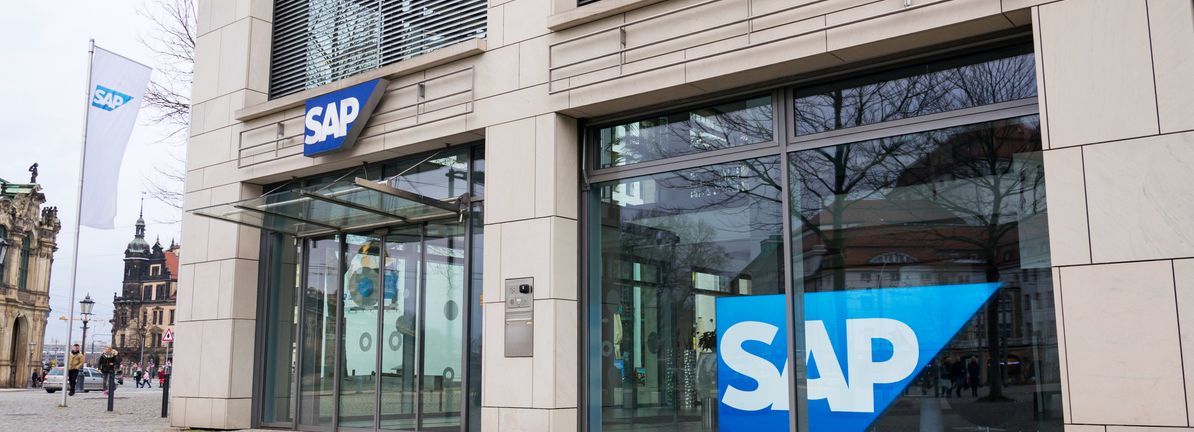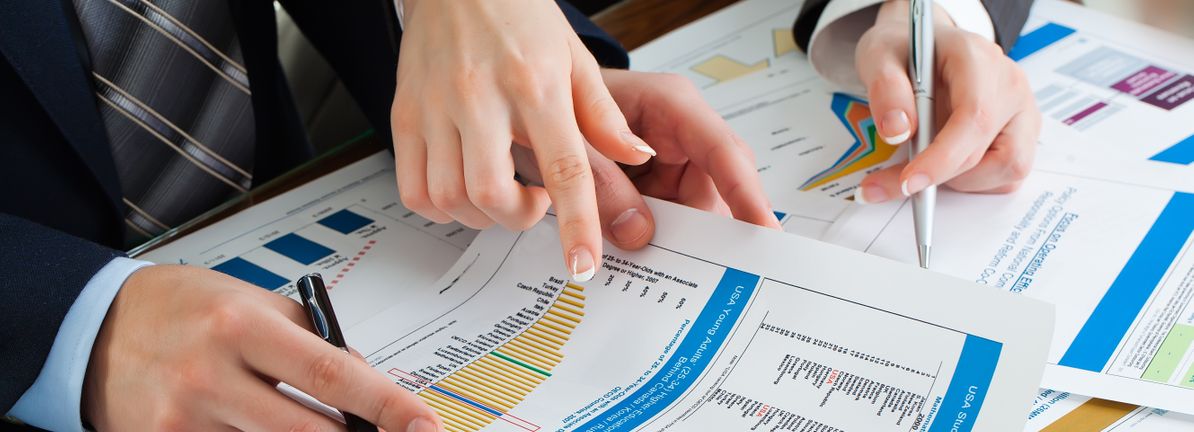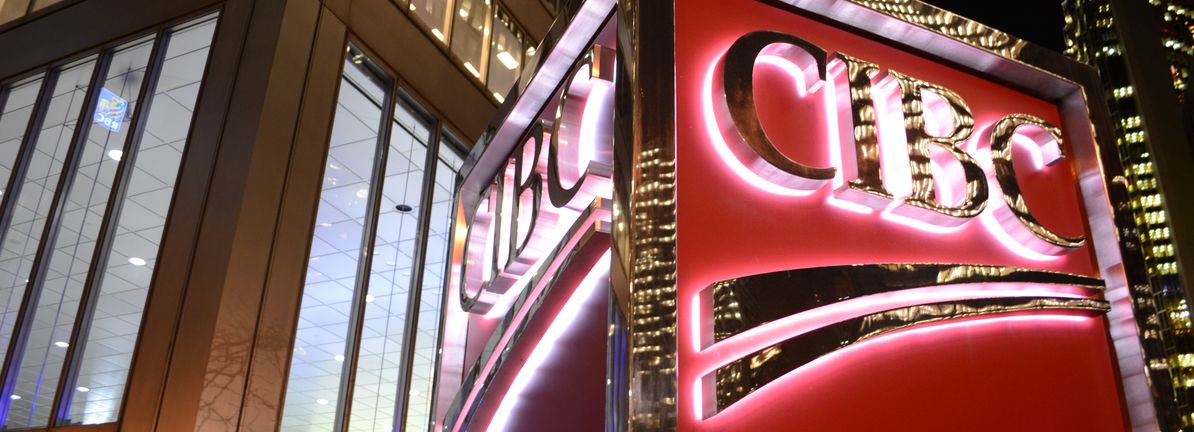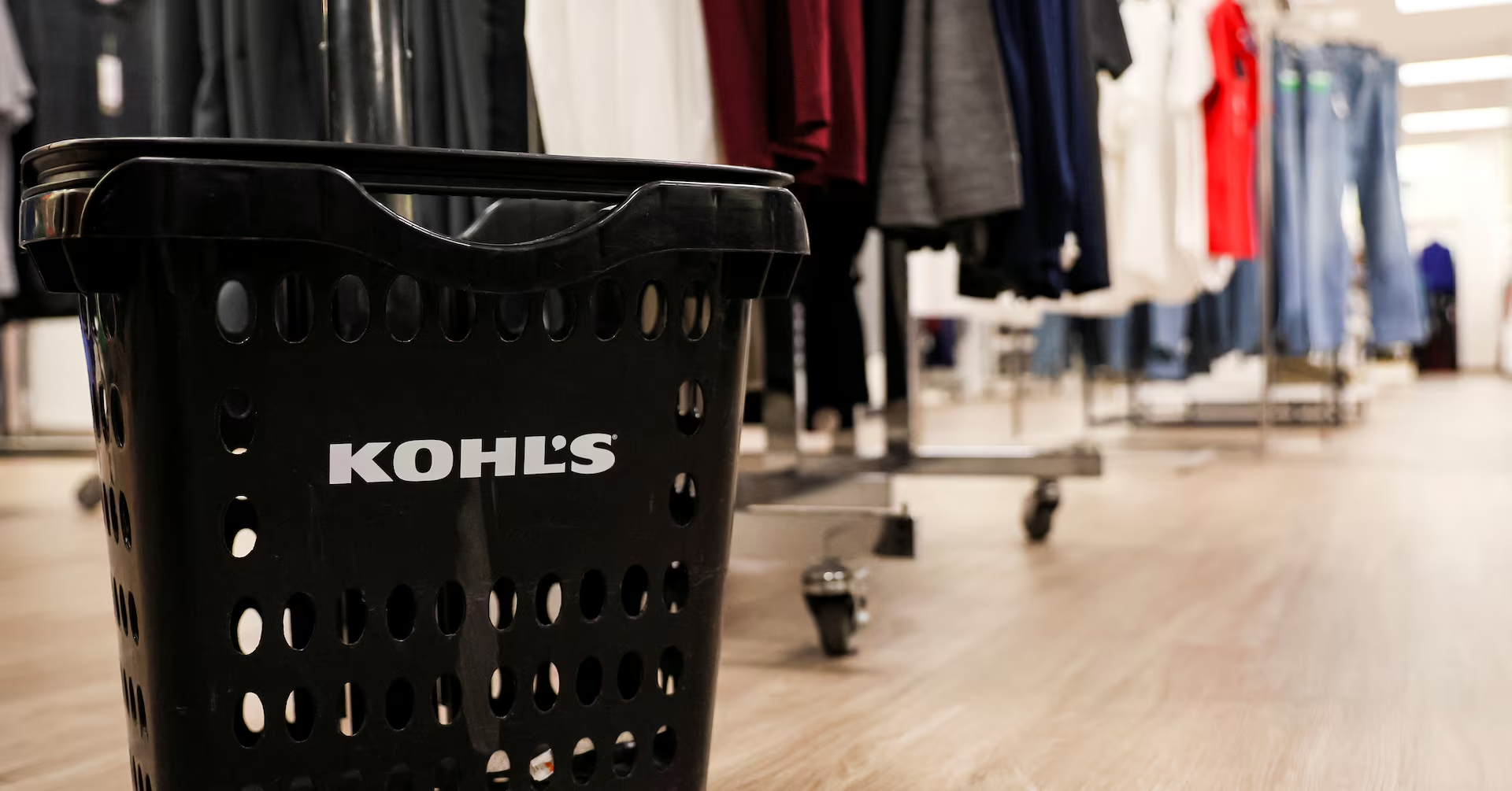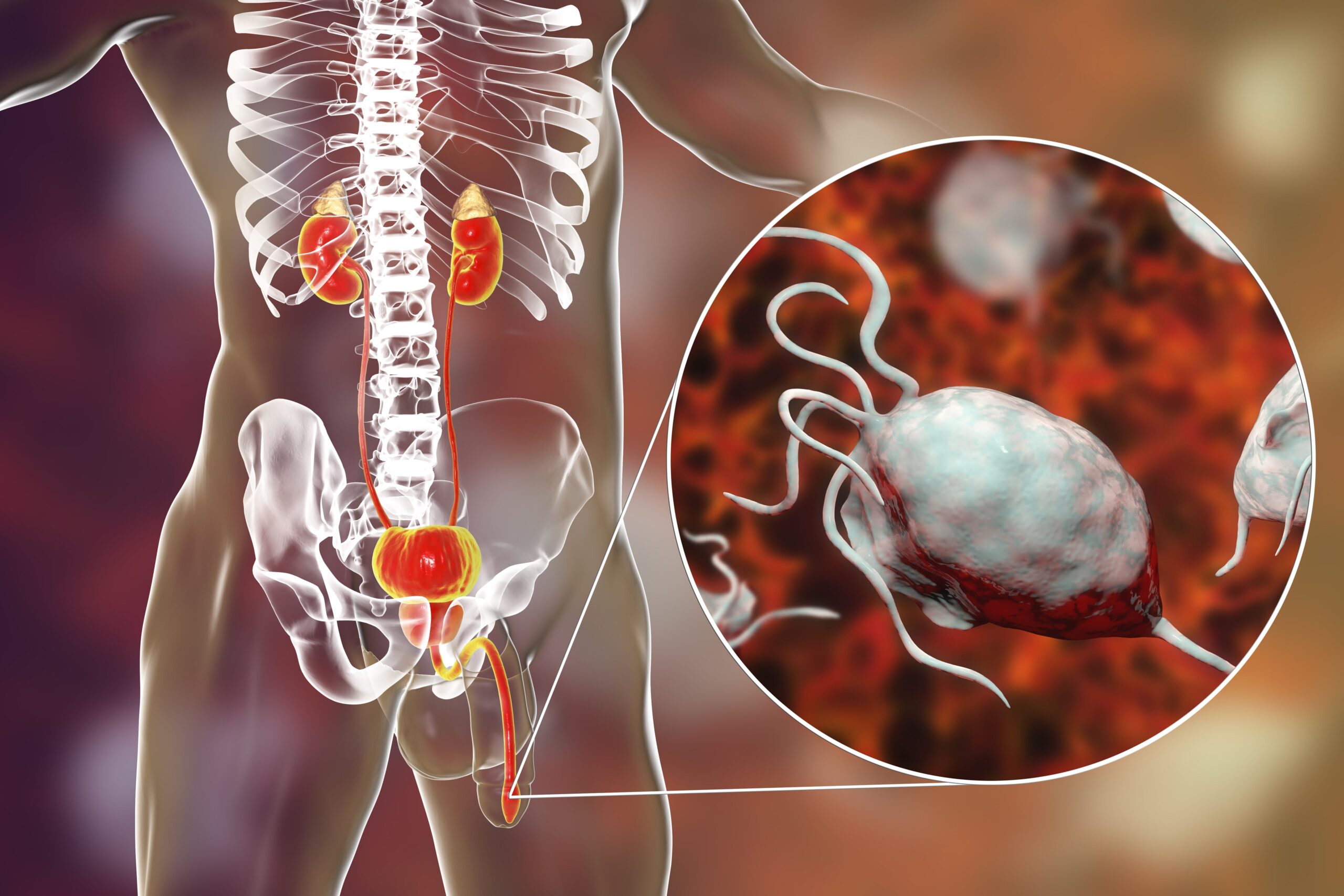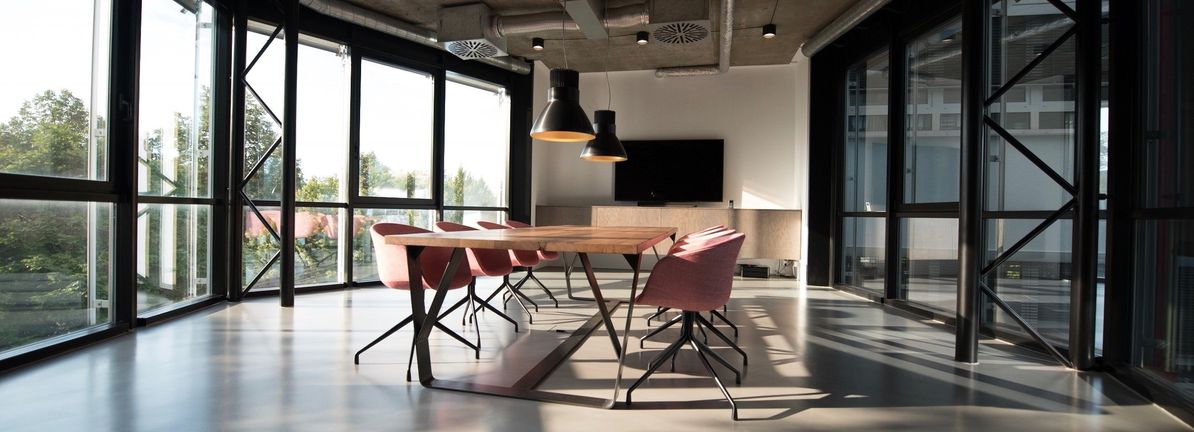van den Beuken-Everdingen MHJ, Hochstenbach LMJ, Joosten EAJ, Tjan-Heijnen VCG, Janssen DJA. Update on prevalence of pain in patients with cancer: systematic review and meta-analysis. J Pain Symptom Manage. 2016;51(6):1070-90.e9.
Scarborough BM, Smith CB. Optimal pain management for patients with cancer in the modern era. CA Cancer J Clin. 2018;68(3):182–96.
Zheng XQ, Wu YH, Huang JF, Wu AM. Neurophysiological mechanisms of cancer-induced bone pain. J Adv Res. 2022;35:117–27.
Clézardin P, Coleman R, Puppo M, Ottewell P, Bonnelye E, Paycha F, et al. Bone metastasis: mechanisms, therapies, and biomarkers. Physiol Rev. 2021;101(3):797–855.
Paice JA, Bohlke K, Barton D, Craig DS, El-Jawahri A, Hershman DL, et al. Use of opioids for adults with pain from cancer or cancer treatment: ASCO guideline. J Clin Oncol. 2023;41(4):914–30.
Bindu S, Mazumder S, Bandyopadhyay U. Non-steroidal anti-inflammatory drugs (NSAIDs) and organ damage: a current perspective. Biochem Pharmacol. 2020;180:114147.
Colvin LA, Bull F, Hales TG. Perioperative opioid analgesia-when is enough too much? A review of opioid-induced tolerance and hyperalgesia. Lancet. 2019;393(10180):1558–68.
Pers YM, Soler-Rich R, Vadalà G, Ferreira R, Duflos C, Picot MC, et al. Allogenic bone marrow-derived mesenchymal stromal cell-based therapy for patients with chronic low back pain: a prospective, multicentre, randomised placebo controlled trial (RESPINE study). Ann Rheum Dis. 2024;83(11):1572–83.
Ai M, Hotham WE, Pattison LA, Ma Q, Henson FMD, Smith ESJ. Role of human mesenchymal stem cells and derived extracellular vesicles in reducing sensory neuron hyperexcitability and pain behaviors in murine osteoarthritis. Arthritis Rheumatol. 2023;75(3):352–63.
Zhu C, Wang K, Chen Z, Han Y, Chen H, Li Q, et al. Antinociceptive effect of intrathecal injection of miR-9-5p modified mouse bone marrow mesenchymal stem cells on a mouse model of bone cancer pain. J Neuroinflammation. 2020;17(1):85.
Allouh MZ, Rizvi SFA, Alamri A, Jimoh Y, Aouda S, Ouda ZH, et al. Mesenchymal stromal/stem cells from perinatal sources: biological facts, molecular biomarkers, and therapeutic promises. Stem Cell Res Ther. 2025;16(1):127.
Al-Ghadban S, Bunnell BA. Adipose tissue-derived stem cells: immunomodulatory effects and therapeutic potential. Physiol (Bethesda). 2020;35(2):125–33.
Chu DT, Phuong TNT, Tien NLB, Tran DK, Thanh VV, Quang TL, et al. An update on the progress of Isolation, Culture, Storage, and clinical application of human bone marrow mesenchymal Stem/Stromal cells. Int J Mol Sci. 2020;21(3):708.
Zhao J, Wang J, Dang J, Zhu W, Chen Y, Zhang X, et al. A preclinical study—systemic evaluation of safety on mesenchymal stem cells derived from human gingiva tissue. Stem Cell Res Ther. 2019;10(1):165.
Zhuo Y, Li WS, Lu W, Li X, Ge LT, Huang Y, et al. TGF-β1 mediates hypoxia-preconditioned olfactory mucosa mesenchymal stem cells improved neural functional recovery in Parkinson’s disease models and patients. Mil Med Res. 2024;11(1):48.
Hass R, Kasper C, Böhm S, Jacobs R. Different populations and sources of human mesenchymal stem cells (MSC): a comparison of adult and neonatal tissue-derived MSC. Cell Commun Signal. 2011;9:12.
Deuse T, Stubbendorff M, Tang-Quan K, Phillips N, Kay MA, Eiermann T, et al. Immunogenicity and immunomodulatory properties of umbilical cord lining mesenchymal stem cells. Cell Transplant. 2011;20(5):655–67.
He X, Yang Y, Yao M, Yang L, Ao L, Hu X, et al. Combination of human umbilical cord mesenchymal stem (stromal) cell transplantation with IFN-γ treatment synergistically improves the clinical outcomes of patients with rheumatoid arthritis. Ann Rheum Dis. 2020;79(10):1298–304.
Shi L, Yuan X, Yao W, Wang S, Zhang C, Zhang B, et al. Human mesenchymal stem cells treatment for severe COVID-19: 1-year follow-up results of a randomized, double-blind, placebo-controlled trial. EBioMedicine. 2022;75:103789.
Hashemian SMR, Aliannejad R, Zarrabi M, Soleimani M, Vosough M, Hosseini SE, et al. Mesenchymal stem cells derived from perinatal tissues for treatment of critically ill COVID-19-induced ARDS patients: a case series. Stem Cell Res Ther. 2021;12(1):91.
Kamen DL, Wallace C, Li Z, Wyatt M, Paulos C, Wei C, et al. Safety, immunological effects and clinical response in a phase I trial of umbilical cord mesenchymal stromal cells in patients with treatment refractory SLE. Lupus Sci Med. 2022;9(1):e000704.
Deng D, Zhang P, Guo Y, Lim TO. A randomised double-blind, placebo-controlled trial of allogeneic umbilical cord-derived mesenchymal stem cell for lupus nephritis. Ann Rheum Dis. 2017;76(8):1436–9.
Yao H, Huang R, Fu H, Lin R, Zhang Y, Feng Y, et al. Sequential infusion of mesenchymal stem cell for Graft-Versus-Host disease prevention in haploidentical hematopoietic stem cell transplantation: an Open-Label, multicenter, randomized controlled clinical trial. J Clin Oncol. 2025;43(17):1997–2006.
Huang R, Chen T, Wang S, Wang J, Su Y, Liu J, et al. Mesenchymal stem cells for prophylaxis of chronic Graft-vs-Host disease after haploidentical hematopoietic stem cell transplant: an Open-Label randomized clinical trial. JAMA Oncol. 2024;10(2):220–6.
Cotten CM, Fisher K, Malcolm W, Gustafson KE, Cheatham L, Marion A, et al. A pilot phase I trial of allogeneic umbilical cord tissue-derived mesenchymal stromal cells in neonates with hypoxic-ischemic encephalopathy. Stem Cells Transl Med. 2023;12(6):355–64.
Gu J, Huang L, Zhang C, Wang Y, Zhang R, Tu Z, et al. Therapeutic evidence of umbilical cord-derived mesenchymal stem cell transplantation for cerebral palsy: a randomized, controlled trial. Stem Cell Res Ther. 2020;11(1):43.
Amanat M, Majmaa A, Zarrabi M, Nouri M, Akbari MG, Moaiedi AR, et al. Clinical and imaging outcomes after intrathecal injection of umbilical cord tissue mesenchymal stem cells in cerebral palsy: a randomized double-blind sham-controlled clinical trial. Stem Cell Res Ther. 2021;12(1):439.
Riordan NH, Morales I, Fernández G, Allen N, Fearnot NE, Leckrone ME, et al. Clinical feasibility of umbilical cord tissue-derived mesenchymal stem cells in the treatment of multiple sclerosis. J Transl Med. 2018;16(1):57.
Kabatas S, Civelek E, Boyalı O, Sezen GB, Ozdemir O, Bahar-Ozdemir Y, et al. Safety and efficiency of wharton’s jelly-derived mesenchymal stem cell administration in patients with traumatic brain injury: first results of a phase I study. World J Stem Cells. 2024;16(6):641–55.
Kaplan N, Kabatas S, Civelek E, Savrunlu EC, Akkoc T, Boyalı O, et al. Multiroute administration of wharton’s jelly mesenchymal stem cells in chronic complete spinal cord injury: a phase I safety and feasibility study. World J Stem Cells. 2025;17(5):101675.
Chahal J, Gómez-Aristizábal A, Shestopaloff K, Bhatt S, Chaboureau A, Fazio A, et al. Bone marrow mesenchymal stromal cell treatment in patients with osteoarthritis results in overall improvement in pain and symptoms and reduces synovial inflammation. Stem Cells Transl Med. 2019;8(8):746–57.
Yousefifard M, Nasirinezhad F, Shardi Manaheji H, Janzadeh A, Hosseini M, Keshavarz M. Human bone marrow-derived and umbilical cord-derived mesenchymal stem cells for alleviating neuropathic pain in a spinal cord injury model. Stem Cell Res Ther. 2016;7:36.
Sipp D, Turner L. Stem cells. U.S. regulation of stem cells as medical products. Science. 2012;338(6112):1296–7.
Barczewska M, Maksymowicz S, Zdolińska-Malinowska I, Siwek T, Grudniak M. Umbilical cord mesenchymal stem cells in amyotrophic lateral sclerosis: an original study. Stem Cell Rev Rep. 2020;16(5):922–32.
Jamali F, Aldughmi M, Atiani S, Al-Radaideh A, Dahbour S, Alhattab D, et al. Human umbilical Cord-Derived mesenchymal stem cells in the treatment of multiple sclerosis patients: phase I/II Dose-Finding clinical study. Cell Transpl. 2024;33:9636897241233045.
Shen W, Hu XM, Liu YN, Han Y, Chen LP, Wang CC, et al. Cxcl12 in astrocytes contributes to bone cancer pain through CXCR4-mediated neuronal sensitization and glial activation in rat spinal cord. J Neuroinflammation. 2014;11:75.
Xu C, Wang Y, Ni C, Xu M, Yin C, He Q, et al. Histone modifications and Sp1 promote GPR160 expression in bone cancer pain within rodent models. EMBO Rep. 2024;25(12):5429.
Jiao Y, Sun YT, Chen NF, Zhou LN, Guan X, Wang JY, et al. Human umbilical cord-derived mesenchymal stem cells promote repair of neonatal brain injury caused by hypoxia/ischemia in rats. Neural Regen Res. 2022;17(11):2518–25.
Dominici M, Le Blanc K, Mueller I, Slaper-Cortenbach I, Marini F, Krause D, et al. Minimal criteria for defining multipotent mesenchymal stromal cells. The International Society for Cellular Therapy position statement. Cytotherapy. 2006;8(4):315–7.
Renesme L, Cobey KD, Lalu MM, Bubela T, Chinnadurai R, De Vos J, et al. Delphi-driven consensus definition for mesenchymal stromal cells and clinical reporting guidelines for mesenchymal stromal cell-based therapeutics. Cytotherapy. 2025;27(2):146–68.
Chaplan SR, Bach FW, Pogrel JW, Chung JM, Yaksh TL. Quantitative assessment of tactile allodynia in the rat paw. J Neurosci Methods. 1994;53(1):55–63.
Hargreaves K, Dubner R, Brown F, Flores C, Joris J. A new and sensitive method for measuring thermal nociception in cutaneous hyperalgesia. Pain. 1988;32(1):77–88.
Ding Z, Liang X, Wang J, Song Z, Guo Q, Schäfer MKE, et al. Inhibition of spinal ferroptosis-like cell death alleviates hyperalgesia and spontaneous pain in a mouse model of bone cancer pain. Redox Biol. 2023;62:102700.
Vrinten DH, Hamers FFT. CatWalk automated quantitative gait analysis as a novel method to assess mechanical allodynia in the rat; a comparison with von Frey testing. Pain. 2003;102(1–2):203–9.
Peirs C, Williams SPG, Zhao X, Walsh CE, Gedeon JY, Cagle NE, et al. Dorsal horn circuits for persistent mechanical pain. Neuron. 2015;87(4):797–812.
Tomayko MM, Reynolds CP. Determination of subcutaneous tumor size in athymic (nude) mice. Cancer Chemother Pharmacol. 1989;24(3):148–54.
Teng Y, Zhang Y, Yue S, Chen H, Qu Y, Wei H, et al. Intrathecal injection of bone marrow stromal cells attenuates neuropathic pain via inhibition of P2X4R in spinal cord microglia. J Neuroinflammation. 2019;16:271.
Xu R, Ni B, Wang L, Shan J, Pan L, He Y, et al. CCR2-overexpressing mesenchymal stem cells targeting damaged liver enhance recovery of acute liver failure. Stem Cell Res Ther. 2022;13(1):55.
Huang Y, Li X, Zhu T, Lin J, Tao G. Efficacy and safety of ropivacaine addition to intrathecal morphine for pain management in intractable cancer. Mediators Inflamm. 2015;2015:439014.
Stearns LM, Abd-Elsayed A, Perruchoud C, Spencer R, Hammond K, Stromberg K, et al. Intrathecal drug delivery systems for cancer pain: an analysis of a prospective, multicenter product surveillance registry. Anesth Analg. 2020;130(2):289–97.
Smyth C, Ahmadzai N, Wentzell J, Pardoe A, Tse A, Nguyen T, et al. Intrathecal analgesia for chronic refractory pain: current and future prospects. Drugs. 2015;75(17):1957–80.
Akhlaghpasand M, Tavanaei R, Hosseinpoor M, et al. Effects of combined intrathecal mesenchymal stem cells and Schwann cells transplantation on neuropathic pain in complete spinal cord injury: A phase II randomized Active-Controlled trial. Cell Transpl. 2025;34:9636897241298128.
Boukelmoune N, Laumet G, Tang Y, Ma J, Mahant I, Nijboer C, et al. Nasal administration of mesenchymal stem cells reverses chemotherapy-induced peripheral neuropathy in mice. Brain Behav Immun. 2021;93:43–54.
Tian L, Shang Y, Chen R, Bai R, Chen C, Inthavong K, et al. Correlation of regional deposition dosage for inhaled nanoparticles in human and rat olfactory. Part Fibre Toxicol. 2019;16:6.
Chen G, Park CK, Xie RG, Ji RR. Intrathecal bone marrow stromal cells inhibit neuropathic pain via TGF-β secretion. J Clin Invest. 2015;125(8):3226–40.
Shiue SJ, Rau RH, Shiue HS, Hung YW, Li ZX, Yang KD, et al. Mesenchymal stem cell exosomes as a cell-free therapy for nerve injury–induced pain in rats. Pain. 2019;160(1):210–23.
Xu Y, Tian NX, Bai QY, Chen Q, Sun XH, Wang Y. Gait assessment of pain and analgesics: comparison of the DigiGait™ and CatWalk™ gait imaging systems. Neurosci Bull. 2019;35(3):401–18.
Ge MM, Li DY, Wang L, Zhang LQ, Liu DQ, Tian YK, et al. Naringenin promoted spinal microglia M2 polarization in rat model of cancer-induced bone pain via regulating AMPK/PGC-1α signaling axis. Biomed Pharmacother. 2022;149:112912.
Hu XM, Yang W, Du LX, Cui WQ, Mi WL, Mao-Ying QL, et al. Vascular endothelial growth factor A signaling promotes spinal central sensitization and pain-related behaviors in female rats with bone cancer. Anesthesiology. 2019;131(5):1125–47.
Liu H, Lv X, Zhao X, Yi L, Lv N, Xu W, et al. Spinal astrocyte-derived interleukin-17A promotes pain hypersensitivity in bone cancer mice. Acta Pharm Sin B. 2024;14(12):5249–66.
Cao TT, Chen H, Pang M, Xu SS, Wen HQ, Liu B, et al. Dose optimization of intrathecal administration of human umbilical cord mesenchymal stem cells for the treatment of subacute incomplete spinal cord injury. Neural Regen Res. 2022;17(8):1785.
Yang Y, Cao TT, Tian ZM, Gao H, Wen HQ, Pang M, et al. Subarachnoid transplantation of human umbilical cord mesenchymal stem cell in rodent model with subacute incomplete spinal cord injury: preclinical safety and efficacy study. Exp Cell Res. 2020;395(2):112184.
Echeverry S, Shi XQ, Rivest S, Zhang J. Peripheral nerve injury alters blood-spinal cord barrier functional and molecular integrity through a selective inflammatory pathway. J Neurosci. 2011;31(30):10819–28.
Lu P, Gonzales C, Chen Y, Adedoyin A, Hummel M, Kennedy JD, et al. CNS penetration of small molecules following local inflammation, widespread systemic inflammation or direct injury to the nervous system. Life Sci. 2009;85(11–12):450–6.
Wang X, Wang Q, Meng L, Tian R, Guo H, Tan Z, et al. Biodistribution-based administration of cGMP-compliant human umbilical cord mesenchymal stem cells affects the therapeutic effect of wound healing. Stem Cell Rev Rep. 2024;20(1):329–46.
Bray F, Laversanne M, Sung H, Ferlay J, Siegel RL, Soerjomataram I, et al. Global cancer statistics 2022: GLOBOCAN estimates of incidence and mortality worldwide for 36 cancers in 185 countries. CA Cancer J Clin. 2024;74(3):229–63.
Zhang M, Ni Z, Ma J, Liu A, Liu Y, Lou Q, et al. A neural circuit for sex-dependent conditioned pain hypersensitivity in mice. Nat Commun. 2025;16(1):3639.
Fan CY, McAllister BB, Stokes-Heck S, Harding EK, de Pereira Vasconcelos A, Mah LK, et al. Divergent sex-specific pannexin-1 mechanisms in microglia and T cells underlie neuropathic pain. Neuron. 2025;113(6):896-911.e9.
Grundtner S, Sondermann JR, Xian F, Malzl D, Segelcke D, Pogatzki-Zahn EM, et al. Deep proteomics and network pharmacology reveal sex- and age-shared neuropathic pain signatures in mouse dorsal root ganglia. Pharmacol Res. 2025;211:107552.
Arguello F, Baggs RB, Frantz CN. A murine model of experimental metastasis to bone and bone marrow. Cancer Res. 1988;48(23):6876–81.
Yoneda T, Sasaki A, Mundy GR. Osteolytic bone metastasis in breast cancer. Breast Cancer Res Treat. 1994;32(1):73–84.
Shih LY, Shih HN, Chen TH. Bone resorption activity of osteolytic metastatic lung and breast cancers. J Orthop Res. 2004;22(6):1161–7.
Mao-Ying QL, Wang XW, Yang CJ, Li X, Mi WL, Wu GC, et al. Robust spinal neuroinflammation mediates mechanical allodynia in Walker 256 induced bone cancer rats. Mol Brain. 2012;5:16.
Mao-Ying QL, Zhao J, Dong ZQ, Wang J, Yu J, Yan MF, et al. A rat model of bone cancer pain induced by intra-tibia inoculation of Walker 256 mammary gland carcinoma cells. Biochem Biophys Res Commun. 2006;345(4):1292–8.

